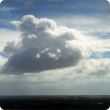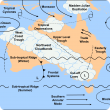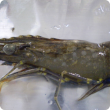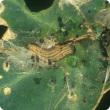Filter by regions:
- (-) Remove South West filter South West
- (-) Remove Wheatbelt filter Wheatbelt
- Great Southern (303) Apply Great Southern filter
- Mid West (288) Apply Mid West filter
- Peel (274) Apply Peel filter
- Goldfields-Esperance (269) Apply Goldfields-Esperance filter
- Perth regions (244) Apply Perth regions filter
- Gascoyne (174) Apply Gascoyne filter
- Pilbara (158) Apply Pilbara filter
- Kimberley (155) Apply Kimberley filter






